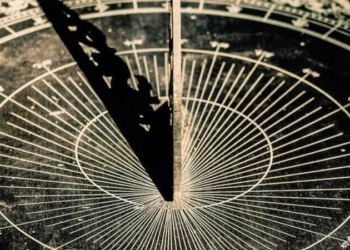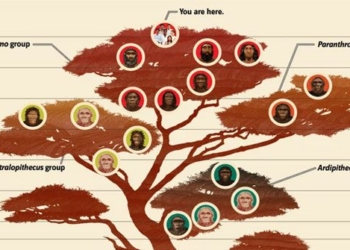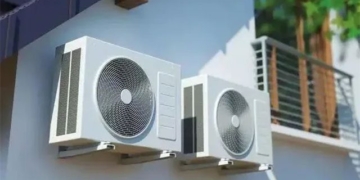Artificial light from street lamps and indoor lighting is exacerbating light pollution, making it increasingly difficult to see many stars that were once bright.
In 2006, a citizen science project called Globe at Night was launched. This project was established by NOIRLab, an international astronomy organization funded by the U.S. government, to measure light pollution in the night sky.
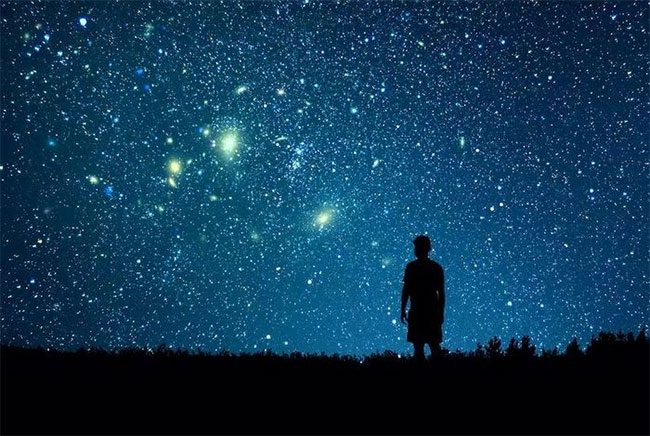
Observing a star-filled sky is becoming more difficult. (Photo: 123RF Stock Photo).
Participants count the number of stars they can see from their location and report their findings on the project’s website.
Brighter Skies Make Star Gazing Harder
In January 2022, researcher Christopher Kyba and his team from the Globe at Night project published an analysis based on a dataset from 2011 to 2022 in the journal Science.
The analysis revealed that light pollution is worsening, with night sky brightness increasing nearly 10% each year during this period. In some areas, the night sky is now twice as bright as it was eight years ago. “This figure took me by surprise,” Kyba stated.

The sky in urban areas with artificial light differs from that in natural areas. (Photo: NOIRLab).
In recent years, artificial light from urban areas has encroached into neighboring regions, decreasing the number of dark sky areas in less populated countries and parks with many trees. Astronomers have warned about this issue for decades, but the situation continues to worsen.
Using data models from NOIRLab, scientists concluded that North America has the highest increase in sky brightness, averaging 10.4% per year. Meanwhile, the night sky in Europe brightens at a slower rate of about 6.5% per year, with the global average at 9.6%. This also means there are fewer stars that we can observe with the naked eye.
Volunteers of Globe at Night have also discovered that many stars that were once very bright are now nearly impossible to see. Some stars have even disappeared from the night sky. During the research process, Kyba received numerous reports indicating that people could no longer see the Pleiades constellation as they used to.
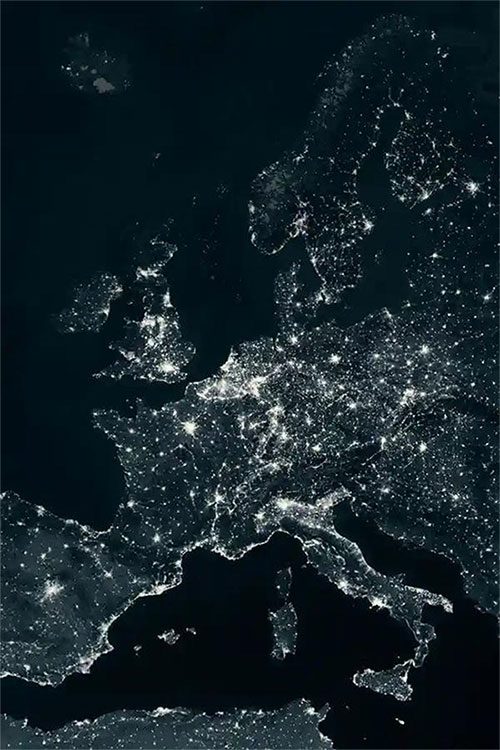
Europe as seen from space. (Photo: Barcroft Media).
According to Connie Walker, director of Globe at Night, about 2% of the increase in night sky brightness is due to satellite weather data. However, these space devices cannot detect blue light.
Meanwhile, many cities have switched from using high-pressure sodium lamps to energy-efficient green LED lights. Therefore, weather satellites may miss light sources from street lamps or signage, indicating that the actual numbers could be even higher.
Turning Off Lights to Reduce Light Pollution?
According to scientist Christopher Kyba, air pollution is the primary culprit behind the phenomenon of disappearing stars. So, what can people do to address it?
“Light pollution activists often say this is not difficult because people just need to turn off the lights. While this is true, it is not very helpful,” Kyba remarked. He explained that light pollution comes from various sources, and the decision to turn off lights is not solely up to individuals but also involves businesses and local governments.
However, if everyone becomes more conscious, the changes will be significant. Citizens can reduce the amount of light they use or set timers to turn off lights at night.
John Barentine, the executive director of the consulting firm Dark Sky Consulting, which advises companies and governments on lighting systems, also believes that using public lighting at night is not necessarily at odds with the goal of reducing light pollution.
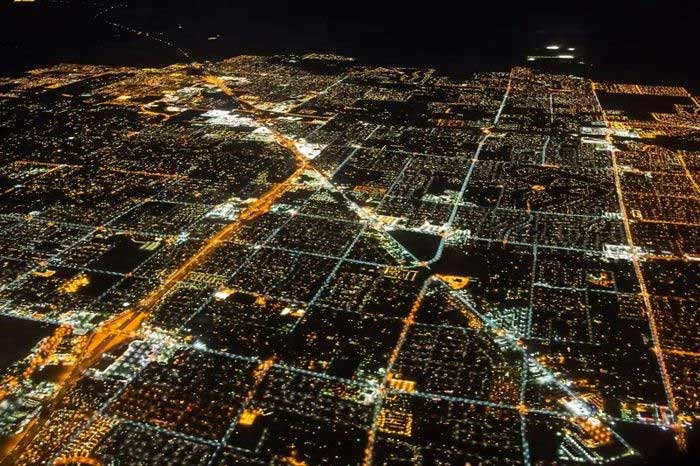
Las Vegas at night. (Photo: Corbis).
The city of Tucson serves as a real-life example. With a population of about 1 million, residents here are well aware of the harmful effects of artificial light on the night sky. Five years ago, the Tucson government replaced 20,000 streetlights with LED lights and adjusted them to be dimmer than usual. This change reduced street brightness by 60%, while no complaints were reported by residents.
Speaking to Wired, Walker expressed his concern that future generations may not be able to see a star-filled night sky as light pollution worsens. “People living in cities are lucky to see Venus or Saturn. They can only see the Moon,” noted Teznie Pugh, Director at the University of Texas.








































